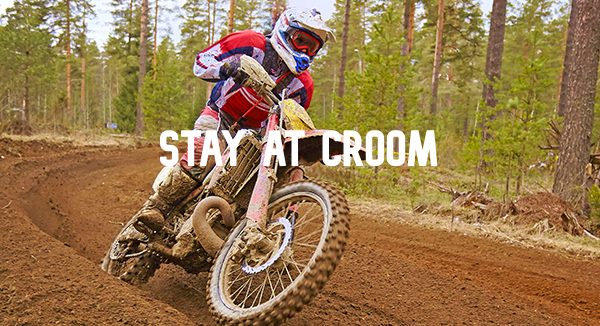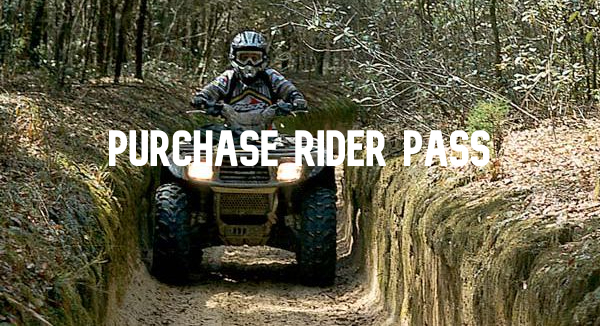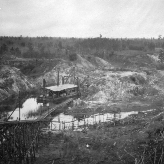Buttgenbach Campground and Croom Motorcycle Area is of special interest with a history dating back before the federal government acquired the property. The land was originally owned in the late 1800’s by John Hale and Stuart Cook. Mr. J. Buttgenbach leased the property prior to 1900 from Hale and Cook for the sole purpose of mining phosphate. Phosphate is of primary importance in the manufacturing of high grade fertilizers. It is also used in match heads, dental cements and the ingredient that whitens sugar. Phosphate helps to make table salt flow freely, luminous paints and detergents.
Mr. Buttgenbach never actually lived in the Brooksville area, just west of the mine. Instead, he chose to operate his company from Brussels, Belgium, and may have only visited the mining area once or twice. His distance didn’t stop him from operating one of the largest phosphate mining operations in the United States, which included other plants in Florida. The mine was worked with a convict labor force, but only for a few years. (Much of the labor force in the early years were convicts from Georgia and Alabama.)
Although the phosphate was mined in the United States, it was exported to Germany and Belgium. During World War I the mine was closed. Shortly after the war the mine was reopened and in operation until 1924.
The owner then sold his interest to C. L. Camp and D. B. Kibler. These two men operated the mine into the 1940’s as the Kibler-Camp Phosphate Enterprises. When the mine finally closed, the long, slow process of regeneration began.
Throughout the years the 113,000-acre forest was a magnet to off-road motorcycle riders. Forestry staff in 1965 did all it could to prevent motorcycle riding in the forest. The fragile soil on the Citrus tract, where the horse trails are now located, was unable to withstand motorcycle traffic which created ecological problems; but the riders didn’t give up and neither did the Division of Forestry.
Realizing that there would be a definite need for this type of recreation in the future, plans were formulated to accommodate motorcycles. Planning began, but it wasn’t until 1971 that a public hearing was held so the general public could express their views and offer suggestions. There was an overwhelming response which brought out many valid points and suggestions. The forest was also the only public land large enough, within a 100-mile radius, where riders could ride without the fear of being prosecuted. The Division of Forestry acknowledged the definite need for such an area that motorbike riders could utilize. Cooperatively the Division of Forestry agreed to provide a motorcycle area if motorcycle usage would be curtailed in more fragile, environmentally sensitive areas.
Motorcycle enthusiasts as well as the American Motorcycle Association and Florida Trail Riders Association agreed to this concept.
The Withlacoochee Forest personnel proceeded to construct the Croom Motorcycle Recreational Area and Buttgenbach Campground with funds provided by the Florida Legislature. The area set aside consisted of 2,600 acres of land which included the old Buttgenbach Mine. This seemed to be the most logical area. After all, the land had already been disturbed by the mining operations. Gullies, hills and wash piles left behind had created the perfect terrain for motorbike riding.
Established in 1973 through the dedicated efforts of The Florida Trail Riders and the Department of Agriculture, the Croom Motorcycle Area and Buttgenbach Campground is the only state property in Florida dedicated to the needs of off-highway motorcycle and ATV riders, and a mecca for off-road riders, located in the Withlacoochee State Forest near Brooksville, FL.




